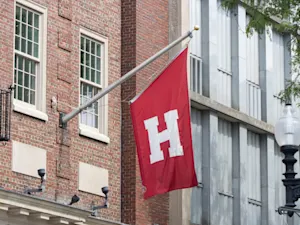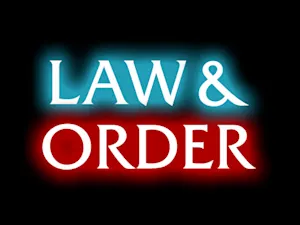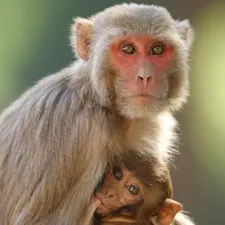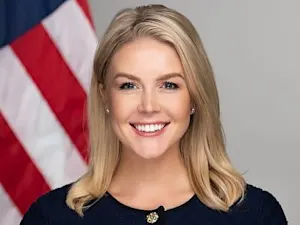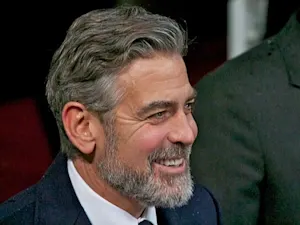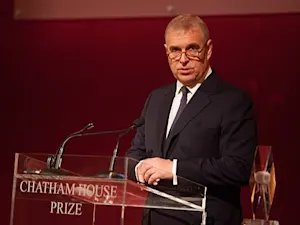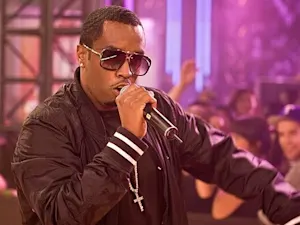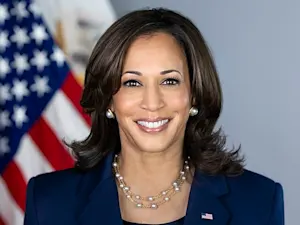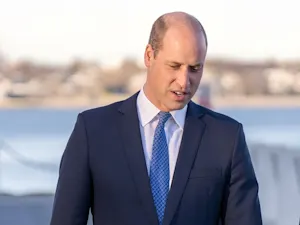
The $150M Scandal FIFA® Cannot Escape
In 2015, FIFA®, the world soccer governing body, became entangled in one of the biggest corruption scandals in sports history. Investigators revealed a tangled web of bribery and kickbacks that extended across multiple countries and tarnished FIFA's reputation. But how did this corruption unfold, and what were the consequences for one of the world's most beloved sports?
How It All Started
The roots of FIFA's corruption scandal can be traced back to the 1990s, but it was not until 2011 that the full extent of the wrongdoing began to surface. While investigating Russian organized crime, the FBI teamed up with the IRS, uncovering significant tax evasion by Chuck Blazer, a FIFA executive. This led investigators to look deeper into FIFA's financial dealings, specifically regarding the bidding processes for the World Cup® in 2018 and 2022, awarded to Russia and Qatar, respectively.
What they found was staggering. FIFA executives had accepted millions of dollars in bribes, using U.S. banks to facilitate transactions. The Justice Department eventually indicted 14 officials for wire fraud, racketeering, and money laundering, accusing them of accepting over $150 million in bribes related to World Cup bids, broadcast rights, and sponsorship deals.
The Fall of FIFA Leadership
The scandal claimed some of FIFA's most influential figures as investigations continued. Sepp Blatter, FIFA's long-standing president, faced a criminal investigation in Switzerland and was ultimately banned from football activities for eight years by FIFA's ethics committee. Alongside him, UEFA President Michel Platini also faced a similar fate after being implicated in a "disloyal payment" of $2 million, further deepening the crisis at FIFA's highest levels.
Despite repeated denials from Blatter and Platini, their influence on the game ended abruptly, signaling a momentous shift in FIFA's leadership. The organization, already reeling from these revelations, would soon face calls for sweeping reforms and greater transparency in its operations.
What Was at Stake?
The scandal had far-reaching consequences beyond the individuals involved. FIFA's primary role is to organize and oversee international soccer, including the prestigious World Cup. The tournament generates billions of dollars through corporate sponsorships, broadcasting deals, and merchandising, making the bidding process for hosting rights fiercely competitive.
However, the investigation into FIFA's corruption cast severe doubts on the integrity of this process. Countries like South Africa and Qatar, both beneficiaries of questionable bidding practices, found themselves at the center of bribery allegations. Investigators uncovered evidence that South Africa had bribed with $10 million to secure the 2010 World Cup, an act facilitated by Blatter and other senior FIFA figures.
FIFA's Attempt to Clean Up
In response to the scandal, FIFA faced immense pressure to reform. Several top executives were arrested, and many pleaded guilty to corruption charges. The organization vowed to implement more stringent bidding processes and increased oversight to prevent future misconduct. Nations like Russia and Qatar, which won the bids for the 2018 and 2022 World Cups, continued to deny any wrongdoing, despite the shadow cast over their respective tournaments.
FIFA also introduced measures to improve transparency and governance within the organization, hoping to regain the trust of fans and sponsors worldwide. However, questions about FIFA's leadership and the lasting effects of the scandal continue to linger.
The FIFA corruption scandal was a wake-up call for the world of sports, revealing how power and greed can compromise even the most prestigious institutions. While FIFA has taken steps to address these issues, the damage to its reputation will not be easily forgotten.
References: FIFA Kickbacks: World Cup Corruption | Fifa corruption crisis: Key questions answered

